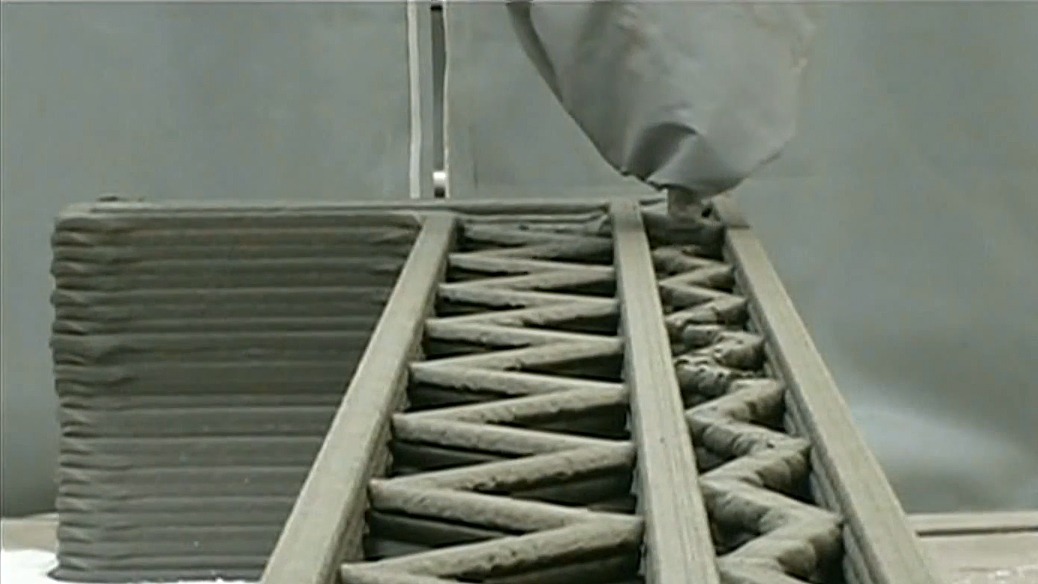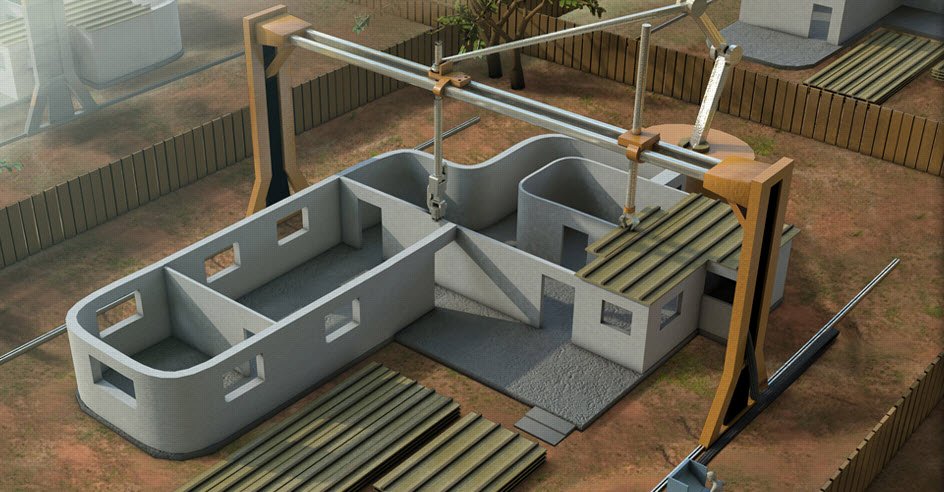The construction industry has always pushed the boundaries of reality by introducing new architectural designs and construction methods that require new engineering to make it happen. Indeed, some of the incredible buildings we’ve seen built over the last several decades are a testament to the creativity and, in some cases, the sheer genius of designers. Yet the construction industry has been limited in some ways by how certain building materials can be used to create what we are after. All of what we know in this regard has been changing over the last year or so thanks to a 3-D printing technique that is revolutionising the construction industry.
The technique was developed by researchers at universities in the UK, Amsterdam, and the United States. It involves using some of the largest 3-D printers ever made that utilise a composite concrete mixture that is self-supporting almost instantly after being laid. The combination of the two now makes it possible to create concrete structures that were never before possible with an old system that required creating shuttering and pouring concrete into it.
Structural Integrity and Strength
At first glance, one might be suspicious of the structural integrity and strength of a 3-D printed concrete structure. After all, the structures themselves are hollow in most cases. But stop and think about concrete cinderblocks for one moment. Unlike the traditional brick and mortar wall, the 3-D wall assemblies that feature tapered dovetail joints are high in strength due to the unusual application of highly intricate and organic generative design strategies. Despite the blocks being hollow, they provide more than enough structural integrity and strength when used correctly.
A significant advantage of being able to print structures using 3-D printers is that they can be designed to include cavities for running conduit, plumbing, electrical work, and so on. Structures can be printed to meet virtually any design with all of the necessary cavities built in. This makes interior finishing much faster, easier, and more efficient, all with less waste.
Buildings Already Being Printed
Building a structure using 3-D printing is no longer just theory. There are small numbers of companies already doing it around the world. For example, a Chinese company named Winsun is now using the technology to build single houses and apartment buildings at the cost of just $5000 per house. According to Winsun, a single house measuring 33 x 132 x 20 feet can be constructed in less than 24 hours. They fabricate individual components at their facility, ship them to the construction site via lorry, and then assemble the components using steel and other materials. The company says they have reduced waste by 70%, and labour cost by 50-80% per building, compared to the brick and mortar construction.
Most of what they have done thus far have been limited to small, single family dwellings that can be printed and assembled within hours. But, Winsun has already completed its first residential apartment complex and is already thinking bigger and better.
Current Limits Only Temporary
Right now, the construction industry is somewhat limited due to the size of the printers needed to create large concrete structures. That means printing components in a factory and then shipping them to the construction site. However, experts fully expect to eventually see the day when printers are used right on site to create structures where they stand. This will make building that much more efficient and eliminate the need for additional materials to connect various components on site.
3-D printing has transformed a number of industries already. Now it is the construction industry’s turn. Creating new buildings using 3-D printing will result in the kinds of buildings that architects have only dreamed of thus far. It should be an exciting several decades for designers and builders as the technology further matures.



Leave A Comment